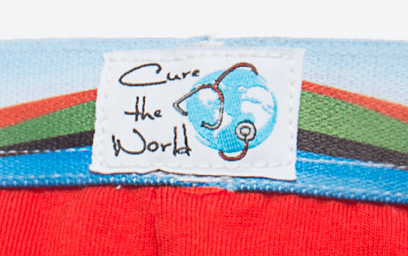Approximately 805 million people in the world suffer from chronic undernourishment. That’s one out of every nine people. Another 1.7 billion lack regular access to clean water and about 2.3 billion people fall victim to water-borne diseases every year. Unfortunately, hunger hits children especially hard. Roughly 315,000 mothers die in childbirth every year due to hemorrhaging caused by malnourishment, thus leaving newborns without mothers. Undernourishment and vitamin deficiencies lead to the deaths of 3.1 million children per year – about 45% of all child deaths.
98% of the chronically hungry or malnourished reside in developing nations in Asia, sub-Saharan Africa and the Caribbean. However, the United States is not exempt from hunger. Approximately one in seven U.S. households suffer from food insecurity and about 5.6% are in situations severe enough that household members go without food during the year due to insufficient resources.
Food security and access to clean water are two of the most vital aspects of healthy living. It is imperative for those blessed with these basic necessities to help secure them for those in need.
















